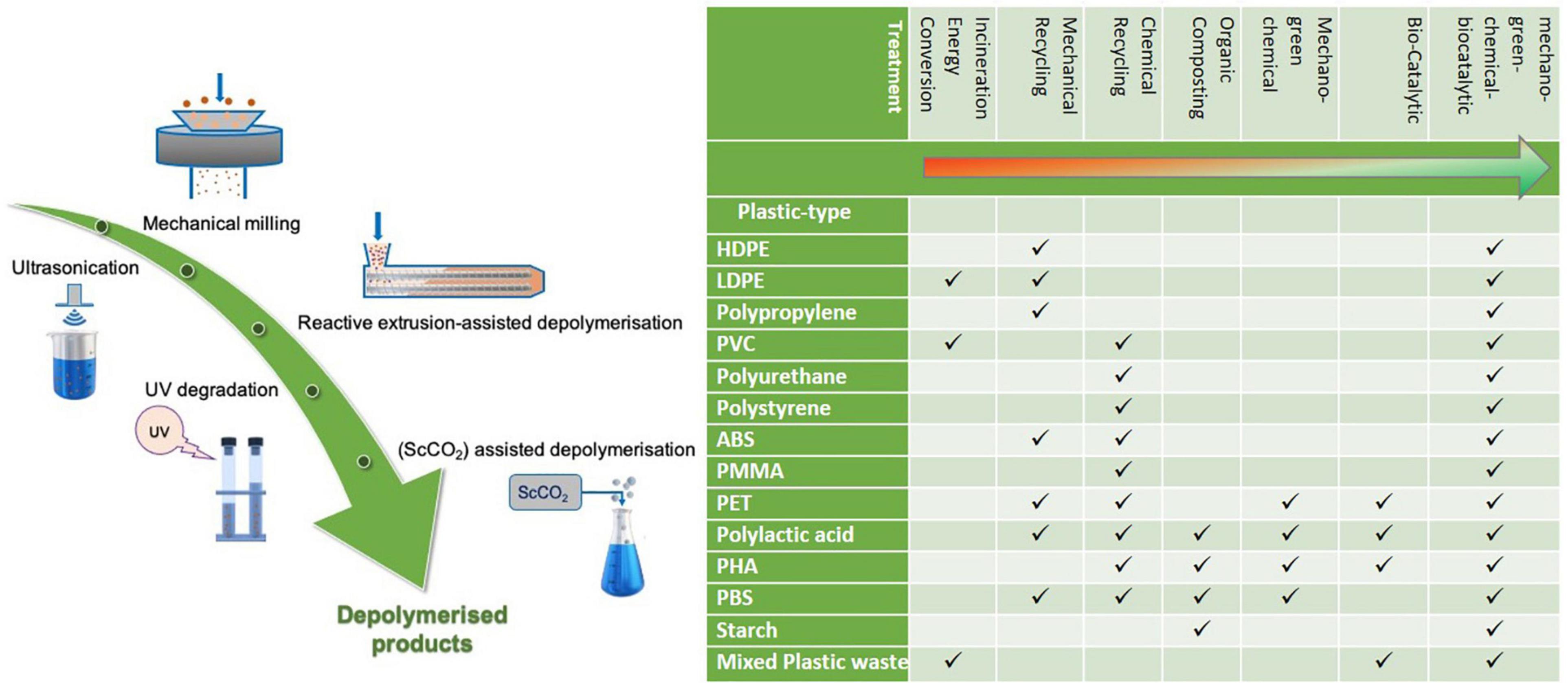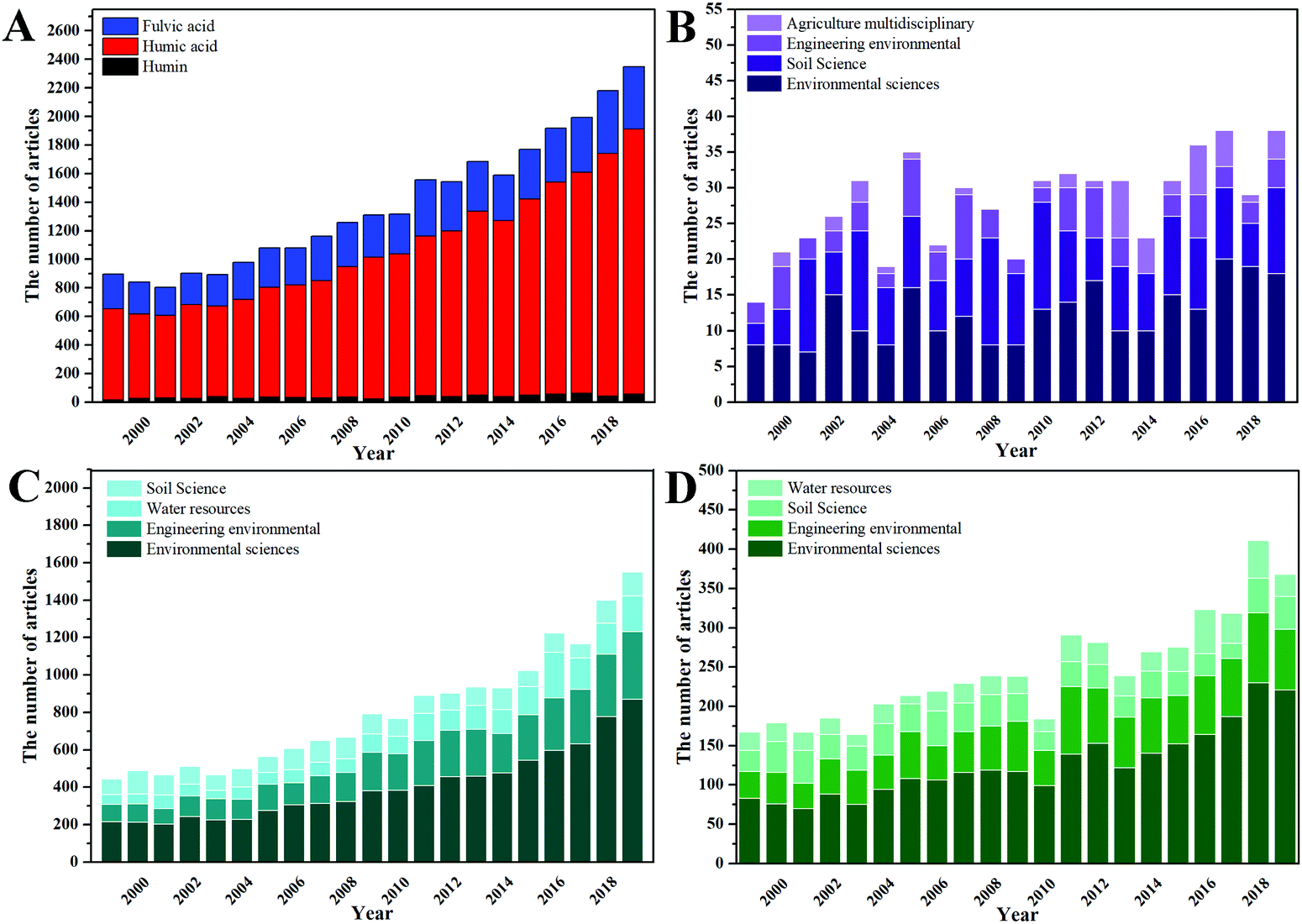

By week 4 in culture, microfibrils (110 A) appeared within the spaces between the layers of cells. After growing to confluency, they grew in multiple overlapping layers. The cells maintained the morphology of smooth muscle at all phases of their growth in culture. Smooth muscle derived from the inner media and intima of immature guinea pig aorta were grown for up to 8 weeks in cell culture.

In vitro cultivation of muscle fibers was first performed successfully in 1971 when pathology professor Russel Ross cultured guinea-pig aorta. Coupled with the discovery of cell lines earlier in the century, this enriched the idea of cultivated meat. At one point he attended a lecture discussing the prospects of preserved meat. He later attended the University of Amsterdam. As a prisoner of war during the Second World War, Van Eelen suffered from starvation, leading him to be passionate about food production and food security as an adult. In the 1950s, Dutch researcher Willem van Eelen independently came up with the idea for cultured meat. In his 1931 essay Fifty Years Hence, Winston Churchill wrote: "We shall escape the absurdity of growing a whole chicken to eat the breast or wing, by growing these parts separately under a suitable medium." The theoretical possibility of growing meat in an industrial setting has long captured the public imagination. A September 2021 poll by GFI, indicated that the majority of industry CEOs have a preference for cultivated meat, with 75 percent of 44 companies preferring it. In September 2019, GFI announced new research which found that the term cultivated meat is sufficiently descriptive and differentiating, possesses a high degree of neutrality, and ranks highly for consumer appeal. Some industry stakeholders felt that the term unnecessarily tarnished conventional meat producers, continuing to prefer cell-based meat as a neutral alternative. By 2018 it had surpassed cultured and " in vitro" in media mentions and Google searches. The Good Food Institute (GFI) coined the term in 2016, and in late 2018, the institute published research claiming that use of clean better reflected the production process and benefits. īesides cultured meat, the terms healthy meat, slaughter-free meat, in vitro meat, vat-grown meat, lab-grown meat, cell-based meat, clean meat, cultivated meat and synthetic meat have been used to describe the product.īetween 20, clean meat gained traction. The applications of cultured meat have led to ethical, health, environmental, cultural, and economic discussions. The production process is constantly evolving, driven by multiple companies and research institutions.

Avant Meats has brought cultured grouper fish to market as other companies have started to pursue cultivating additional fish species and other seafood. While most efforts in the space focus on common meats such as pork, beef, and chicken which comprise the bulk of consumption in developed countries, some new companies such as Orbillion Bio have focused on high end or unusual meats including Elk, Lamb, Bison, and the prized Wagyu strain of beef. Since then, other cultured meat prototypes have gained media attention: SuperMeat opened a laboratory restaurant called "The Chicken" in Tel Aviv to test consumer reaction to its "Chicken" burger, while the "world's first commercial sale of cell-cultured meat" occurred in December 2020 at the Singapore restaurant "1880", where cultured meat manufactured by the US firm Eat Just was sold. In 2013, professor Mark Post at Maastricht University pioneered a proof-of-concept for cultured meat by creating the first hamburger patty grown directly from cells. A video by New Harvest / Xprize explaining the development of cultured meat and a "post-animal bio-economy, driven by lab grown protein (meat, eggs, milk)".


 0 kommentar(er)
0 kommentar(er)
